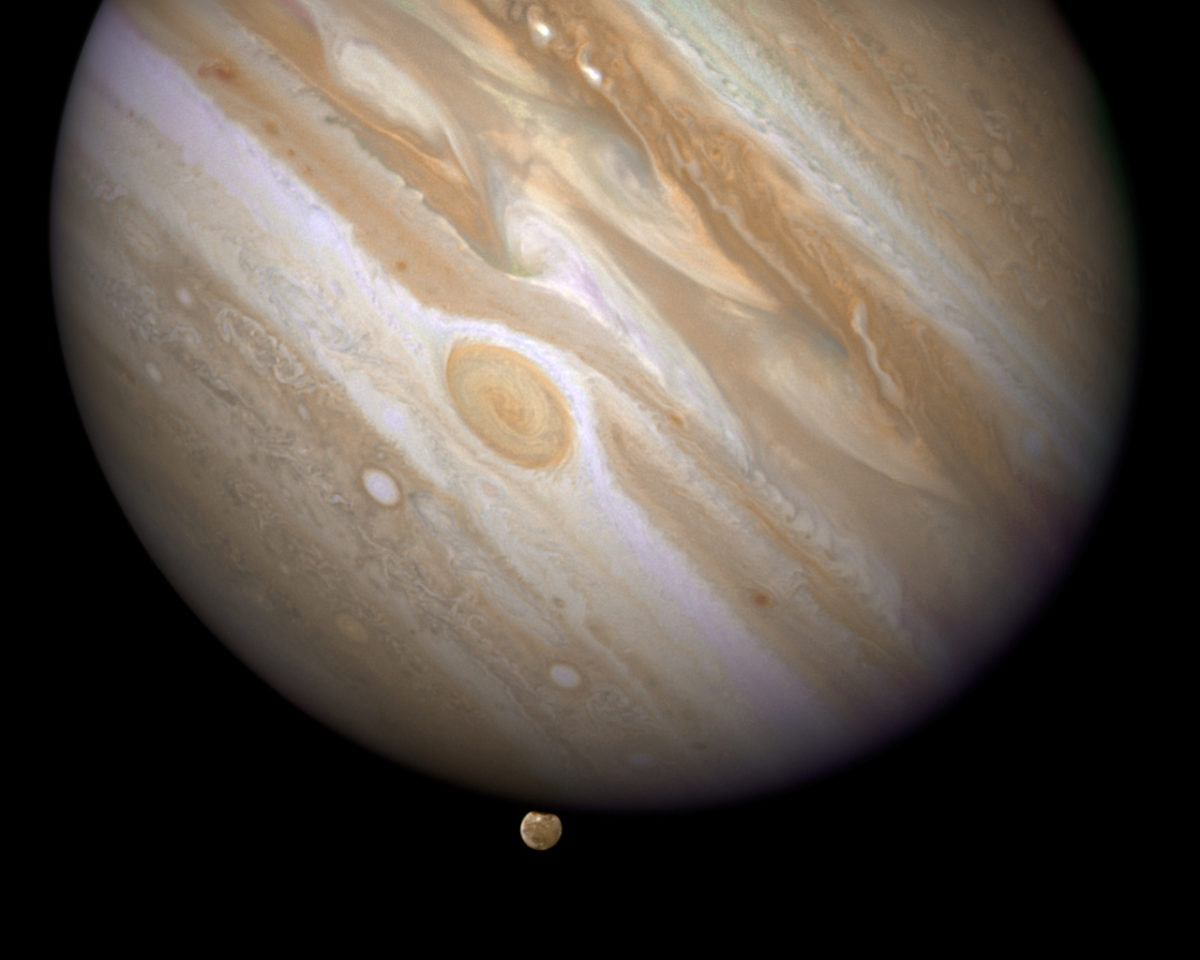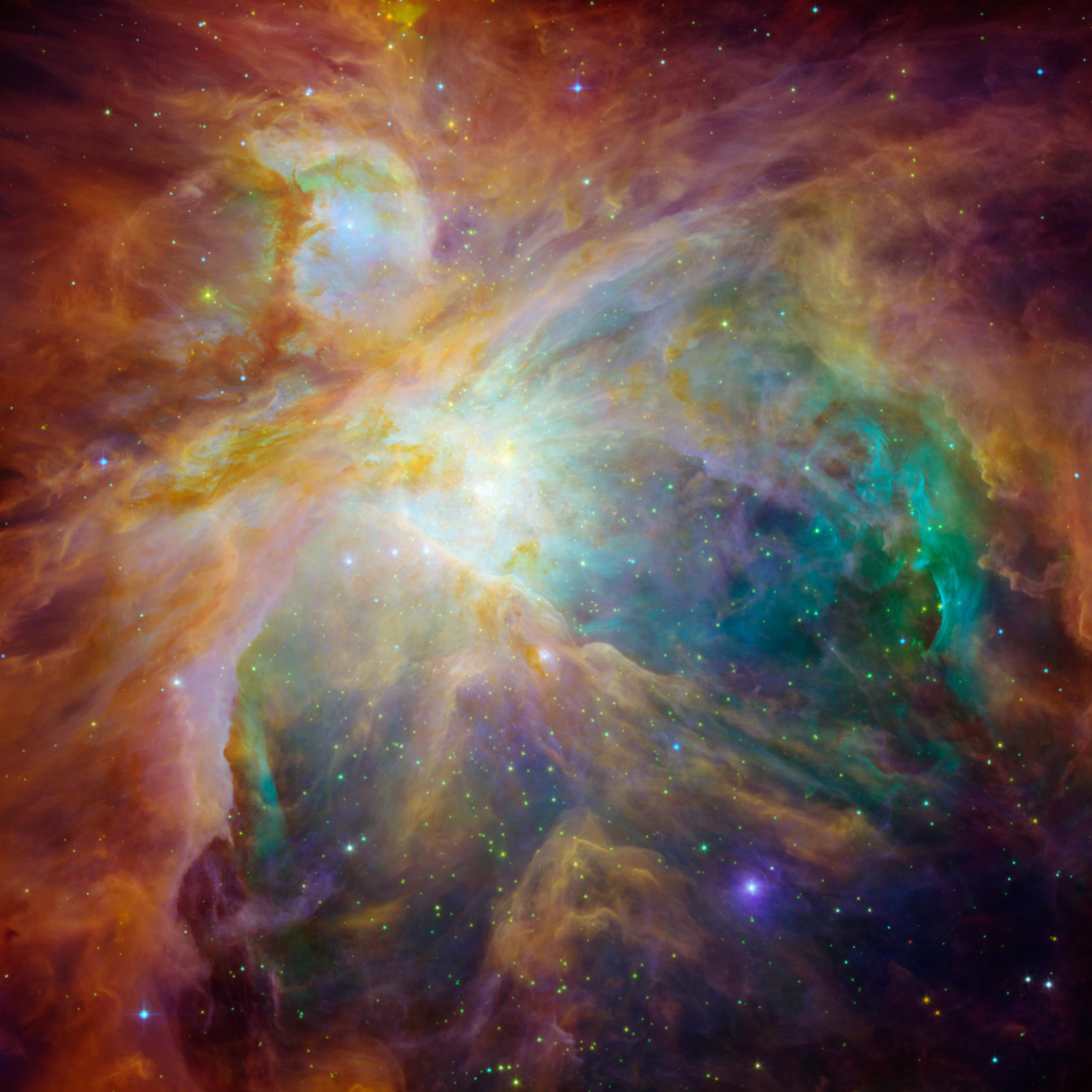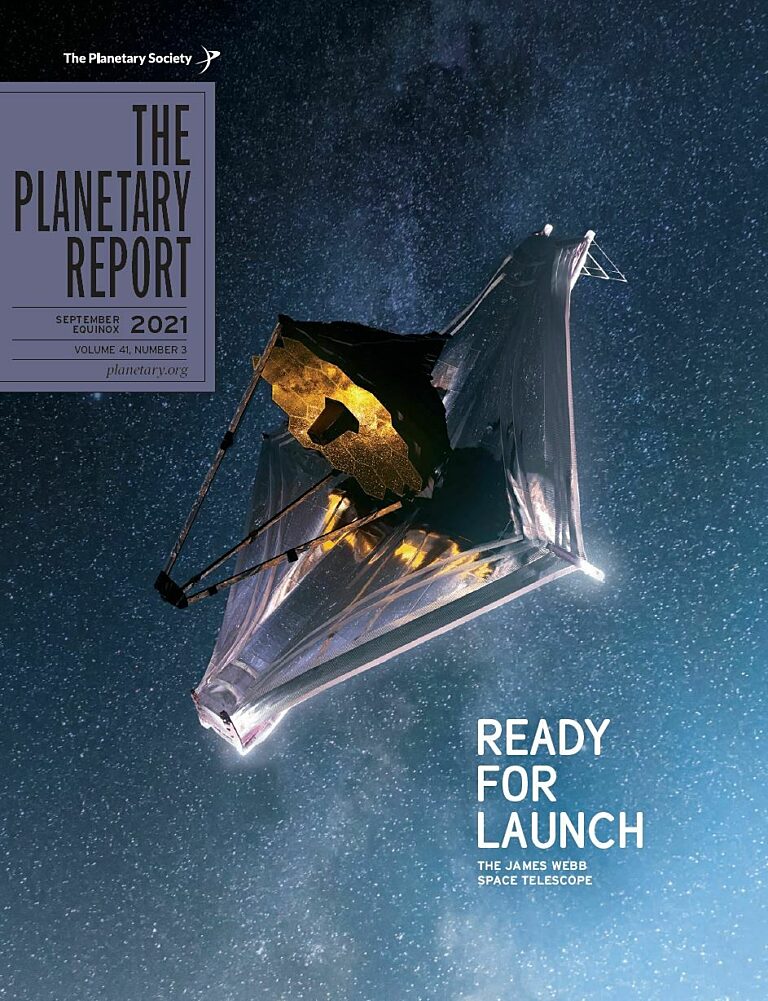The people's space telescopes
They say a picture is worth a thousand words, but this doesn’t even come close to the value of an image from a space telescope.
So much of what we know about the universe has to be appreciated abstractly, such as the past habitability of Venus and Mars, the inside of a black hole and the subsurface oceans of Europa. In many cases, you need context to understand an amazing new discovery, like briny liquid water on Mars or geysers on Enceladus. But when you see an image captured by a space telescope, the splendor is right there in front of you.
Planetary Society co-founder Bruce Murray was one of the earliest advocates for equipping planetary spacecraft with cameras when he worked on NASA’s Mariner fleet of spacecraft that flew to Mercury, Venus and Mars in the 1960s. Mission scientists and engineers were skeptical, but Murray insisted that the public engagement value alone would make it worthwhile. Ultimately, the decision to take photos of other worlds proved hugely important for both science and engineering and for inviting the public into the adventure of exploration.
Science missions yield data that are meaningful and important to scientists, but not every mission impacts the general public in the same way. For the average person, an image can offer insights about the universe that you don’t need a Ph.D. to appreciate. This accessibility is one of the reasons missions like NASA’s Hubble Space Telescope have such enduring popularity with the general public.

In 2004, NASA announced that the final servicing mission to the Hubble Space Telescope would be canceled, meaning the telescope would no longer be maintained. After nearly 15 years in space, during which Hubble had produced hundreds of thousands of spectacular images, the telescope’s batteries were running down, and some of its instruments were failing. Previous repairs had been conducted by astronauts, but with the horrific Space Shuttle Columbia disaster of 2003 still fresh in everyone’s memories, the then-administrator of NASA, Sean O’Keefe, deemed another Hubble repair mission too risky to be worthwhile.
This decision triggered intense opposition from scientists and citizens alike. Planetary Society members sent letters to Congress urging their representatives in government to save the mission, and around the world, other advocacy campaigns popped up online, collecting signatures in support of saving Hubble. The message all around was loud and clear: Hubble was too important to give up.

Congress listened and pressed NASA to reverse its earlier decision. In May 2009, the STS-125 Shuttle crew successfully carried out the servicing mission. Hubble lives on to this day and continues to open our eyes to the wonders of the cosmos.
The story of grassroots advocacy saving Hubble serves as an important reminder that publicly funded missions like this are ultimately for the benefit of the people who fund them. Scientific discoveries serve us all in many ways, but there is a special value to missions that yield something that is tangible and accessible to ordinary people.
The James Webb Space Telescope, set to launch after October 31, is the exciting successor to Hubble. Its advanced imaging capabilities will lead to groundbreaking new discoveries and images, and it will no doubt become a mission the public will treasure for many years to come.

The Time is Now.
As a Planetary Defender, you’re part of our mission to decrease the risk of Earth being hit by an asteroid or comet.
Donate TodayThe Planetary Report • September Equinox
Help advance space science and exploration! Become a member of The Planetary Society and you'll receive the full PDF and print versions of The Planetary Report.


 Explore Worlds
Explore Worlds Find Life
Find Life Defend Earth
Defend Earth


